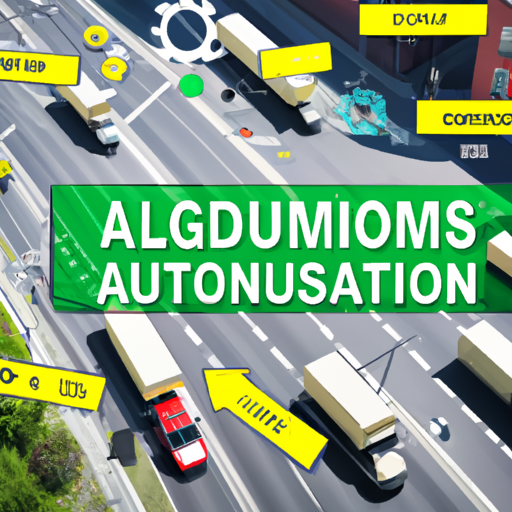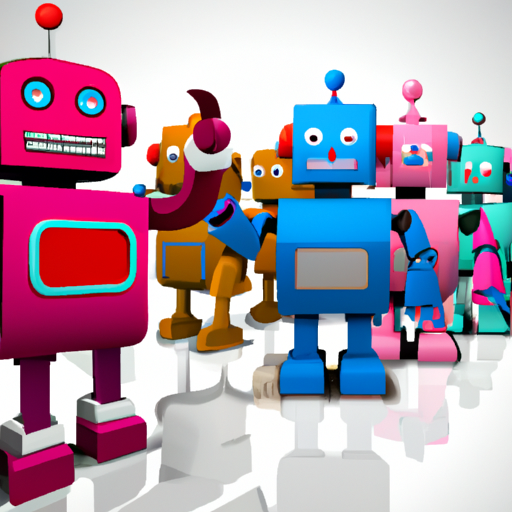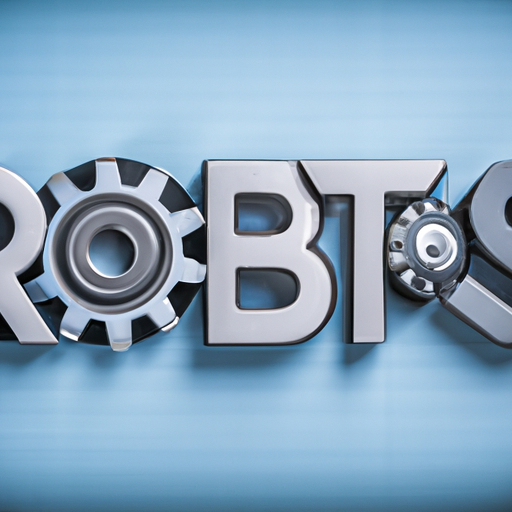The logistics and delivery landscape is undergoing a dramatic transformation, led by the advent of autonomous delivery systems. These innovative technologies, including drone delivery and robotics, are set to enhance efficiency and reshape the last-mile delivery process.
What Are Autonomous Delivery Systems?
Autonomous delivery systems refer to the use of unmanned vehicles, such as drones and self-driving robots, to transport goods from one location to another without human intervention. This technology promises to make delivery services faster, more reliable, and cost-effective, addressing the challenges posed by traditional delivery methods.
The Impact on Last-Mile Delivery
Last-mile delivery is often the most complex and costly segment of the logistics chain. Autonomous delivery systems aim to streamline this process by providing quick and efficient deliveries directly to customers’ doorsteps. By minimizing human labor and reducing operational costs, these systems can significantly improve delivery times and customer satisfaction.
Benefits of Autonomous Delivery Systems
- Increased Efficiency: Automated systems can operate 24/7, delivering packages faster than traditional methods, especially in urban areas.
- Cost Reduction: Less reliance on human labor and optimized routes can lead to substantial savings for shipping companies.
- Environmental Sustainability: Many autonomous delivery systems utilize electric drones or robots, reducing the carbon footprint compared to conventional delivery trucks.
Challenges and Future Prospects
Despite their advantages, the deployment of autonomous delivery systems faces several challenges, including regulatory hurdles, public acceptance, and technological limitations. However, as advancements in AI and machine learning continue, these obstacles are gradually being overcome.
Leading companies like Amazon, Google, and local startups are investing heavily in the research and development of autonomous delivery technologies. As these systems become more reliable and widely accepted, we can expect to see significant changes in how goods are delivered within the next few years.
Conclusion
The rise of autonomous delivery systems is revolutionizing the logistics industry and signaling a new era of convenience for consumers. With ongoing innovations paving the way towards greater efficiency and sustainability, the future of delivery is set to become automated.
Stay tuned for further updates as we continue to explore advancements in technology and their impact on our daily lives!
Keywords: Autonomous Delivery Systems, Drone Delivery, Robotics, Last-Mile Delivery, Future of Logistics






